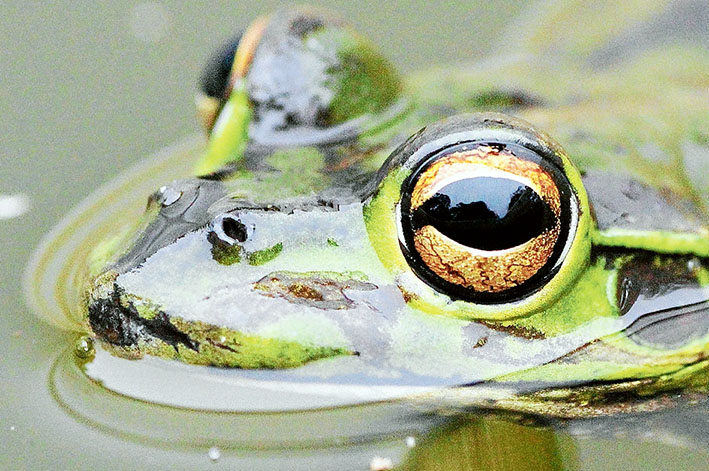
FROGS become more obvious after summer rains. Often heard but not seen, some of the common species to look out for are the common froglet, striped marsh frog and growling grass frog.
To encourage the frogs to stick around, the Backyard Buddies program of the Foundation for National Parks and Wildlife has issued tips on making a pond.
“Water is incredibly important for Australia’s wildlife, especially our huge variety of frogs,” foundation CEO Susanna Bradshaw said.
“A pond can offer an easy, permanent water source for your local amphibian buddies and will also benefit lots of other native animals too.
“Australia is home to over 200 species of frogs that are found nowhere else in the world. Sadly Australia also has one of the highest rates of amphibian extinction in the world. So anything that can be done around Frankston or the Mornington Peninsula to provide habitat for them will be a big help.”
Ms Bradshaw said frogs are facing threats from Chytrid fungus, water pollution, drought and predation from introduced pests.
“Their numbers haven’t plummeted like this since the extinction of the dinosaurs,” she said.
Providing a pond was “the best thing you can do for local frogs”.
Ms Bradshaw said the presence of frog indicated a healthy ecosystem “as they are very sensitive to chemicals and environmental degradation” and cautioned against touching frogs as they reacted to sunscreen or insect repellent.
“We strongly advise that you do not relocate frogs or tadpoles as you could unintentionally be spreading the deadly Chytrid fungus,” she said.
“While not all frogs live around ponds, they all need a water source to reproduce and keep their porous skin moist.”
Ms Bradshaw said free apps were available to help identify frogs calls which were made by male frogs trying to attract females.
Go to www.backyardbuddies.net.au for step by step directions for making a frog pond.
To see frogs in your area see the Atlas of Living Australia.
First published in the Southern Peninsula News – 19 January 2016



